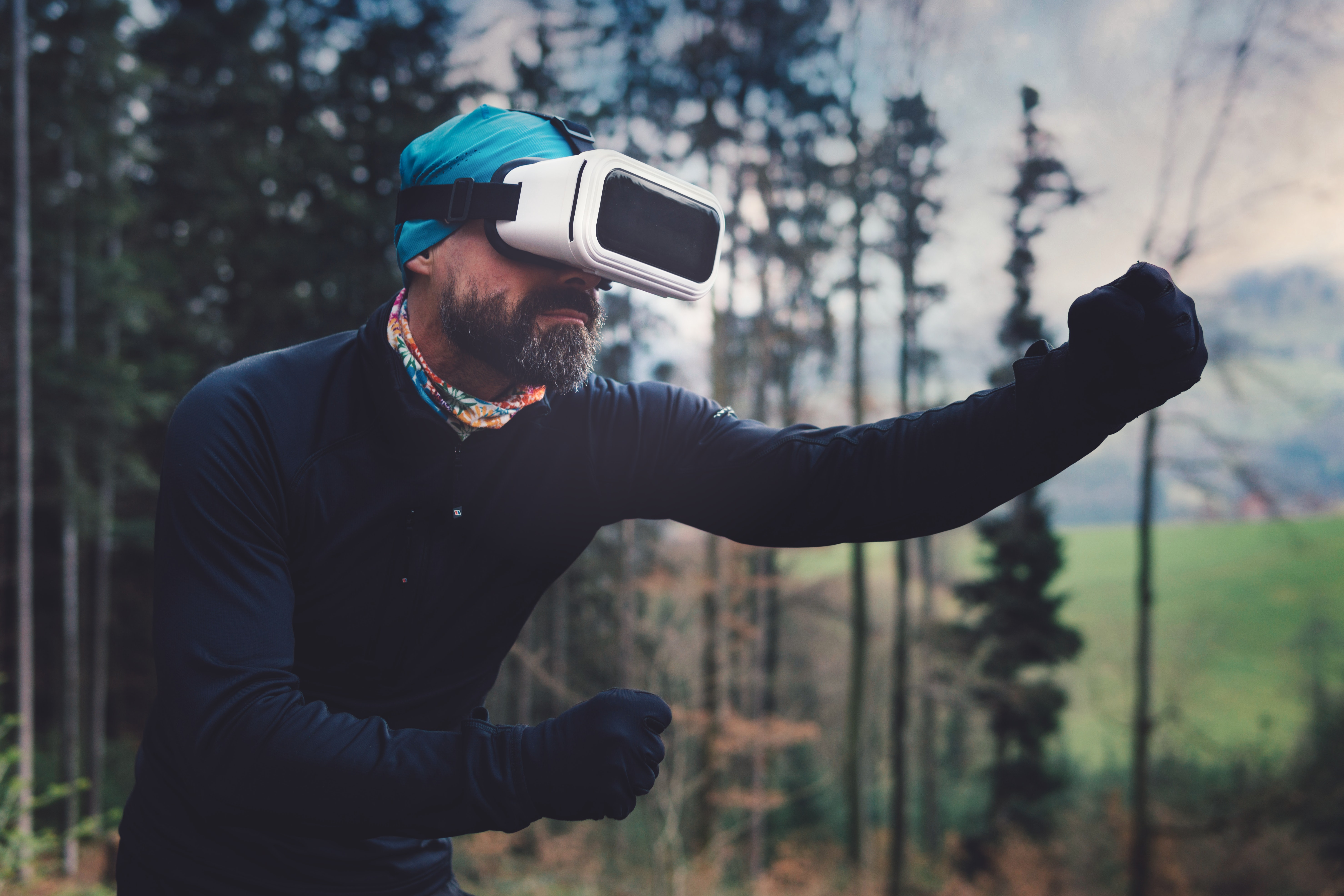
First steps into a brave new world
By Kristin Fehlauer
Shortly before Christmas, I had the opportunity to participate in a study on virtual reality (VR). Daniel Wiedemann, who is conducting the study for his doctorate, had set up the equipment right here in the same building where Klein Wolf Peters is—one of the great benefits of a coworking space!
I really had no idea what to expect. I’d of course read about VR before, and had seen the odd clip or gif where it was played for laughs, but I had no firsthand experience. I had a vague idea I’d be given some kind of goggles, probably more like a headset, but didn’t really imagine beyond that.
As the results of the study have not yet been published, I won’t go too much into specifics, but rather just want to share some overall impressions. The most powerful of these is how utterly immersive the experience is; I genuinely had little to no sense of the exterior world. The headset was, understandably, not fitted exactly to my head, so if I really tried, I could look down past my nose and see below me. But in general, my attention was wholly taken up with the “other” world. It’s easy to see how potentially addictive such an experience can be (a few more thoughts on this topic here and here).
I was also surprised by how many options there were for navigating the virtual realm: I sampled three different options for translating my hand movements into actions in the VR world, which covered a wide range of complexity and accuracy. I tried out various ways of moving through the space, even one that involved special footwear and a customized walking surface. Over the course of the hour I spent there, punctuated by answering questions about the experience, it became increasingly clear to me just how vast this emerging field must be—and how little I understood of it.
In talking with the Mr. Wiedemann, I learned that, aside from its obvious entertainment value, VR technology has applications in many different fields : education, research, fashion, etc. Another example is surgery, as it would allow surgeons to learn or practice techniques in a no-risk environment. Pivoting on this idea of no (or at least little) risk, I wondered if VR had application in combat training or the like. As a krav maga enthusiast, I would love a way to practice self-defense techniques without the usual bruising and soreness that usually comes with it. However, that’s also part of the training: learning how to counter someone’s force; how to hit and to be hit. So until VR manages to create solid mass, there will be some limitations to what it can do!


